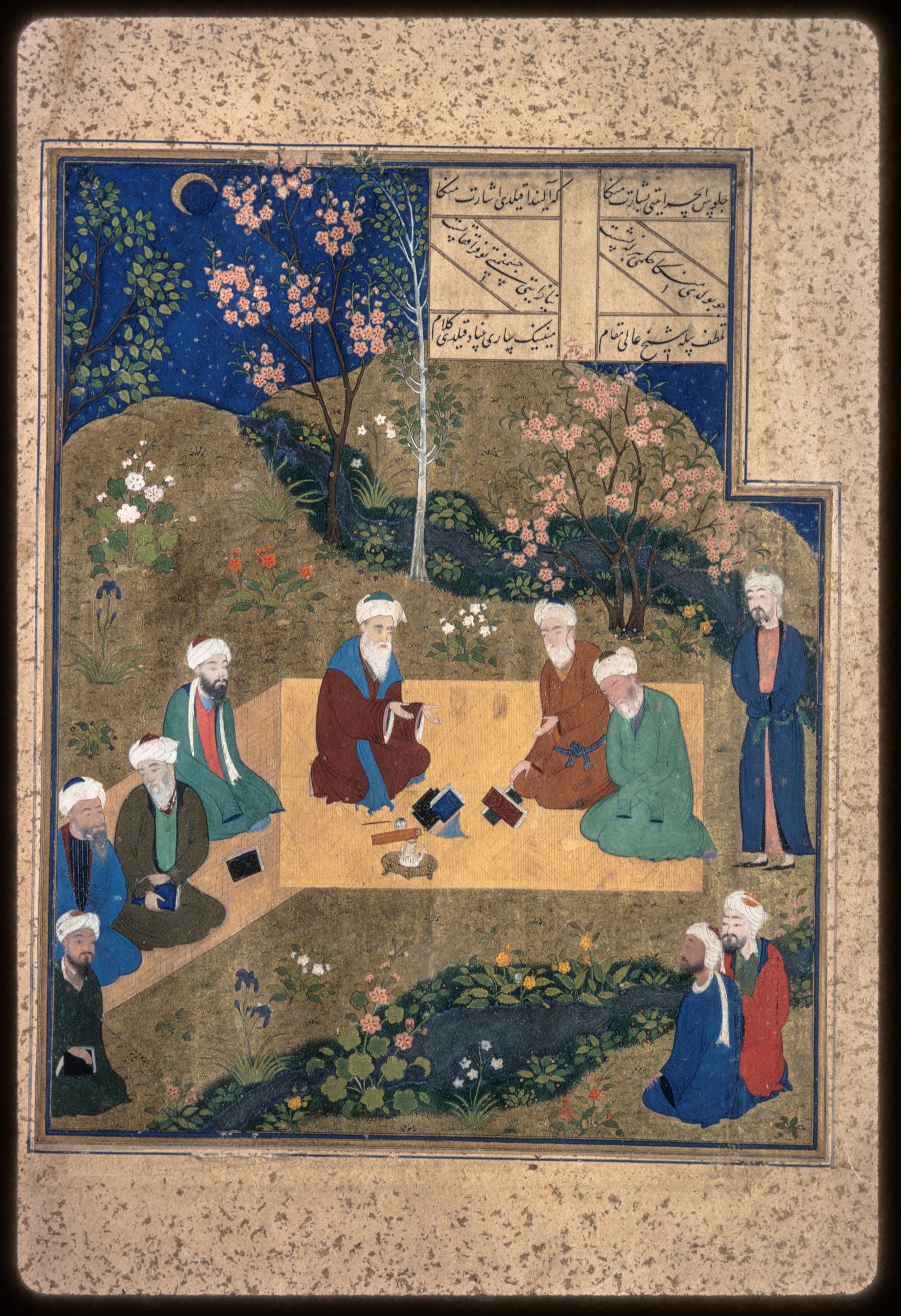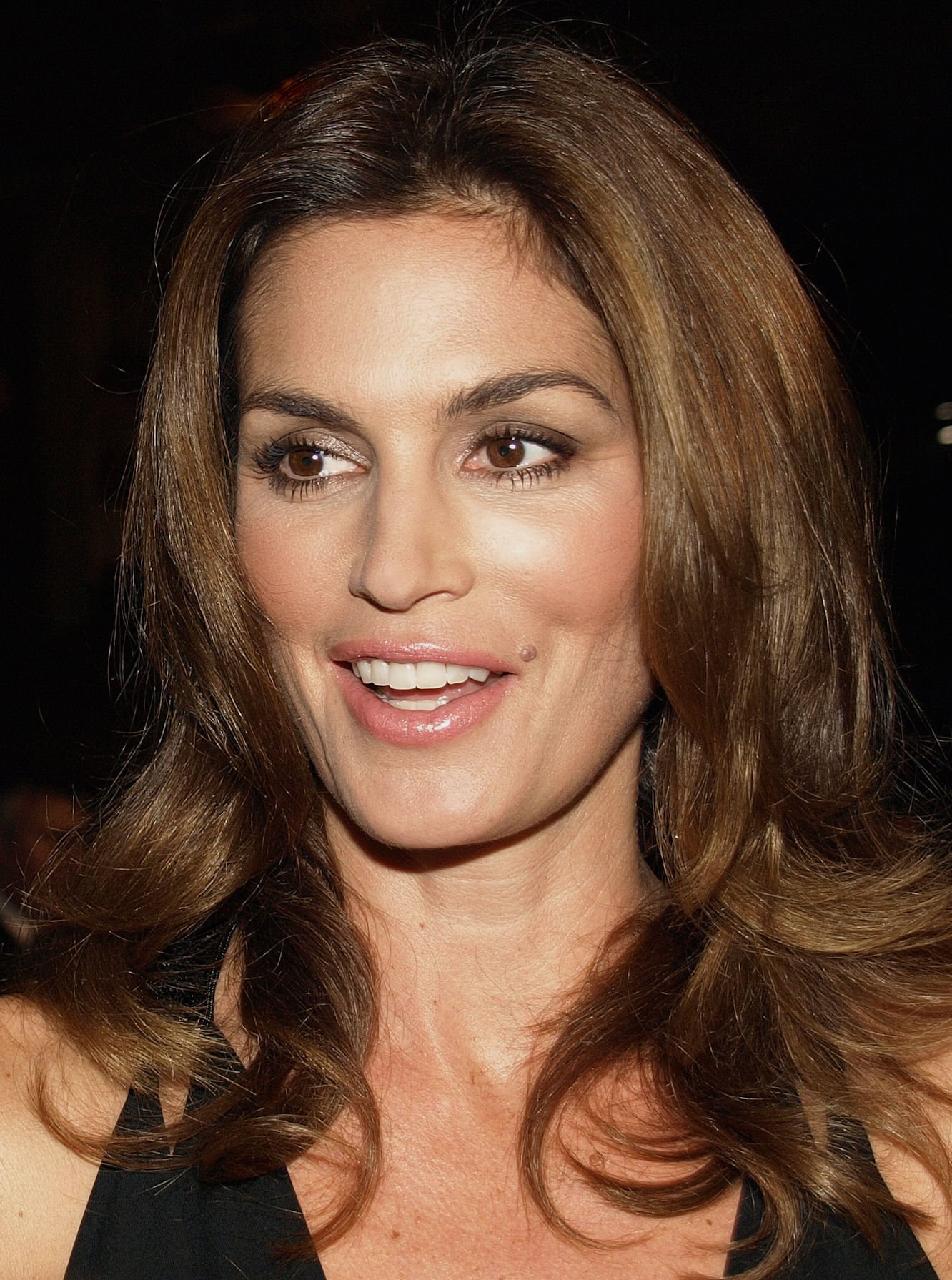|
Muhakamat Al-Lughatayn
''Muhakamat al-Lughatayn'' ( ar, محاكمة اللغتين, literally ''Judgment between the Two Languages'' or ''The Comparison of the Two Languages''), was one of Mir Ali-Shir Nava'i's masterpieces. Completed in December 1499, the ''Mukakamat'' defended Nava'i's view that the Chagatai Turkic language was superior to Persian for literary purposes. It was the writer's last definitive statement on the subject dearest to his heart, and the ''Muhakamat'' is a perfect example of an author's final work acting also as his last will and testament which was to emphasize the importance of his native language. Repeatedly, Nava'i emphasizes his belief in the richness, precision and malleability of Turkic vocabulary as opposed to Persian. For example: * Turks have a word for the beauty mark A beauty mark or beauty spot is a euphemism for a type of dark facial mark so named because such birthmarks are sometimes considered an attractive feature.Ariel, Irving M. (1981). A Historical ... [...More Info...] [...Related Items...] OR: [Wikipedia] [Google] [Baidu] |
Ali-Shir Nava'i
'Ali-Shir Nava'i (9 February 1441 – 3 January 1501), also known as Nizām-al-Din ʿAli-Shir Herawī ( Chagatai: نظام الدین علی شیر نوایی, fa, نظامالدین علیشیر نوایی) was a Timurid poet, writer, statesman, linguist, Hanafi Maturidi mystic and painter who was the greatest representative of Chagatai literature. Nava'i believed that his native Chagatai Turkic language was superior to Persian for literary purposes, an uncommon view at the time and defended this belief in his work titled '' Muhakamat al-Lughatayn'' (''The Comparison of the Two Languages''). He emphasized his belief in the richness, precision and malleability of Turkic vocabulary as opposed to Persian. Because of his distinguished Chagatai language poetry, Nava'i is considered by many throughout the Turkic-speaking world to be the founder of early Turkic literature. Many places and institutions in Central Asia are named after him. Life Alisher Nava'i was born ... [...More Info...] [...Related Items...] OR: [Wikipedia] [Google] [Baidu] |
Chagatai Language
Chagatai (چغتای, ''Čaġatāy''), also known as ''Turki'', Eastern Turkic, or Chagatai Turkic (''Čaġatāy türkīsi''), is an extinct Turkic literary language that was once widely spoken across Central Asia and remained the shared literary language there until the early 20th century. It was used across a wide geographic area including parts of modern-day Uzbekistan, Xinjiang, Kazakhstan, and Kyrgyzstan. Literary Chagatai is the predecessor of the modern Karluk branch of Turkic languages, which include Uzbek and Uyghur. Turkmen, which is not within the Karluk branch but in the Oghuz branch of Turkic languages, had been heavily influenced by Chagatai for centuries. Ali-Shir Nava'i was the greatest representative of Chagatai literature. Chagatai literature is still studied in modern Uzbekistan, where the language is seen as the predecessor and the direct ancestor of modern Uzbek and the literature is regarded as part of the national heritage of Uzbekistan. ... [...More Info...] [...Related Items...] OR: [Wikipedia] [Google] [Baidu] |
Persian Language
Persian (), also known by its endonym Farsi (, ', ), is a Western Iranian language belonging to the Iranian branch of the Indo-Iranian subdivision of the Indo-European languages. Persian is a pluricentric language predominantly spoken and used officially within Iran, Afghanistan, and Tajikistan in three mutually intelligible standard varieties, namely Iranian Persian (officially known as ''Persian''), Dari Persian (officially known as ''Dari'' since 1964) and Tajiki Persian (officially known as ''Tajik'' since 1999).Siddikzoda, S. "Tajik Language: Farsi or not Farsi?" in ''Media Insight Central Asia #27'', August 2002. It is also spoken natively in the Tajik variety by a significant population within Uzbekistan, as well as within other regions with a Persianate history in the cultural sphere of Greater Iran. It is written officially within Iran and Afghanistan in the Persian alphabet, a derivation of the Arabic script, and within Tajikistan in the Tajik alphabet, ... [...More Info...] [...Related Items...] OR: [Wikipedia] [Google] [Baidu] |
Turkic Peoples
The Turkic peoples are a collection of diverse ethnic groups of West, Central, East, and North Asia as well as parts of Europe, who speak Turkic languages.. "Turkic peoples, any of various peoples whose members speak languages belonging to the Turkic subfamily...". "The Turkic peoples represent a diverse collection of ethnic groups defined by the Turkic languages." According to historians and linguists, the Proto-Turkic language originated in Central-East Asia region, potentially in Mongolia or Tuva. Initially, Proto-Turkic speakers were potentially both hunter-gatherers and farmers, but later became nomadic pastoralists. Early and medieval Turkic groups exhibited a wide range of both East Asian and West-Eurasian physical appearances and genetic origins, in part through long-term contact with neighboring peoples such as Iranian, Mongolic, Tocharians, Yeniseian people, and others."Some DNA tests point to the Iranian connections of the Ashina and Ashide,133 highlighti ... [...More Info...] [...Related Items...] OR: [Wikipedia] [Google] [Baidu] |
Beauty Mark
A beauty mark or beauty spot is a euphemism for a type of dark facial mark so named because such birthmarks are sometimes considered an attractive feature.Ariel, Irving M. (1981). A Historical Introduction: Is the beauty mark a mark of beauty or a potentially dangerous cancer? ''Malignant Melanoma,'' Appleton-Century-Crofts, Medically, such "beauty marks" are generally melanocytic nevus, more specifically the compound variant. Moles of this type may also be located elsewhere on the body, and may also be considered beauty marks if located on the face, shoulder, neck or breast. Artificial beauty marks have been fashionable in some periods. Artificial beauty mark Artificial beauty marks, or mouches (''Fr.'' flies), became fashionable in sixteenth-century France, and the fashion persisted into the eighteenth century. When the fashion spread to Spain and the Spanish Empire they were called a chiqueador. A mouche was generally made of silk or velvet and was applied to the face ... [...More Info...] [...Related Items...] OR: [Wikipedia] [Google] [Baidu] |
1499 Books
Year 1499 ( MCDXCIX) was a common year starting on Tuesday (link will display the full calendar) of the Julian calendar. Events January–December * January 8 – Louis XII of France marries Anne of Brittany, in accordance with a law set by his predecessor, Charles VIII. * May 19 – 13-year-old Catherine of Aragon, the future first wife of Henry VIII of England, is married by proxy to her brother, 12-year-old Arthur, Prince of Wales. * July 22 – Battle of Dornach: The Swiss decisively defeat the army of Maximilian I, Holy Roman Emperor. * July 28 – First Battle of Lepanto: The Turkish navy wins a decisive victory over the Venetians. * August – Polydore Vergil completes ''De inventoribus rerum'', the first modern history of inventions. * August 24 – Lake Maracaibo is discovered, by Alonso de Ojeda and Amerigo Vespucci. * September 18 – Vasco da Gama arrives at Lisbon, returning from India, and is received by King Manu ... [...More Info...] [...Related Items...] OR: [Wikipedia] [Google] [Baidu] |
Turkish Dictionaries
Turkish may refer to: *a Turkic language spoken by the Turks * of or about Turkey ** Turkish language *** Turkish alphabet ** Turkish people, a Turkic ethnic group and nation *** Turkish citizen, a citizen of Turkey *** Turkish communities and minorities in the former Ottoman Empire * Ottoman Empire (Ottoman Turkey), 1299–1922, previously sometimes known as the Turkish Empire ** Ottoman Turkish, the Turkish language used in the Ottoman Empire * Turkish Airlines, an airline * Turkish music (style), a musical style of European composers of the Classical music era See also * * * Turk (other) * Turki (other) * Turkic (other) * Turkey (other) * Turkiye (other) * Turkish Bath (other) * Turkish population, the number of ethnic Turkish people in the world * Culture of Turkey * History of Turkey :''See History of the Republic of Turkey for the history of the modern state.'' The history of Turkey, understood as the histor ... [...More Info...] [...Related Items...] OR: [Wikipedia] [Google] [Baidu] |
Persian Dictionaries
Persian may refer to: * People and things from Iran, historically called ''Persia'' in the English language ** Persians, the majority ethnic group in Iran, not to be conflated with the Iranic peoples ** Persian language, an Iranian language of the Indo-European family, native language of ethnic Persians *** Persian alphabet, a writing system based on the Perso-Arabic script * People and things from the historical Persian Empire Other uses * Persian (patience), a card game * Persian (roll), a pastry native to Thunder Bay, Ontario * Persian (wine) * Persian, Indonesia, on the island of Java * Persian cat, a long-haired breed of cat characterized by its round face and shortened muzzle * The Persian, a character from Gaston Leroux's ''The Phantom of the Opera'' * Persian, a generation I Pokémon species * Alpha Indi, star also known as "The Persian" See also * Persian Empire (other) * Persian expedition (other) or Persian campaign * Persian Gulf (other) * ... [...More Info...] [...Related Items...] OR: [Wikipedia] [Google] [Baidu] |
Language Comparison
Contrastive analysis is the systematic study of a pair of languages with a view to identifying their structural differences and similarities. Historically it has been used to establish language genealogies. Second language acquisition Contrastive analysis was used extensively in the field of second language acquisition (SLA) in the 1960s and early 1970s, as a method of explaining why some features of a target language were more difficult to acquire than others. According to the behaviourist theories prevailing at the time, language learning was a question of habit formation, and this could be reinforced or impeded by existing habits. Therefore, the difficulty in mastering certain structures in a second language (L2) depended on the difference between the learners' mother language (L1) and the language they were trying to learn. History The theoretical foundations for what became known as the contrastive analysis hypothesis were formulated in Robert Lado's ''Linguistics Across ... [...More Info...] [...Related Items...] OR: [Wikipedia] [Google] [Baidu] |




